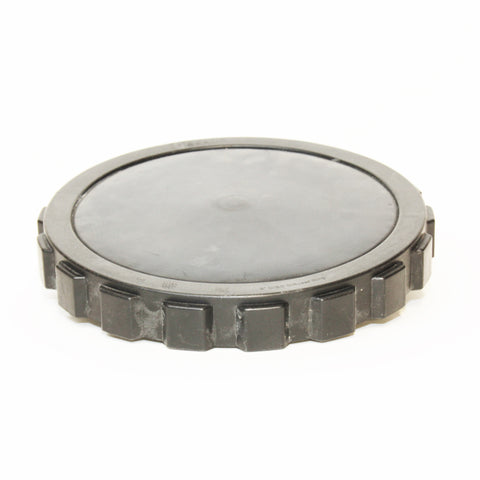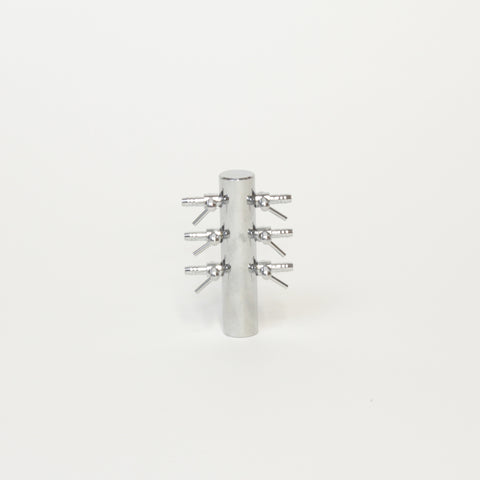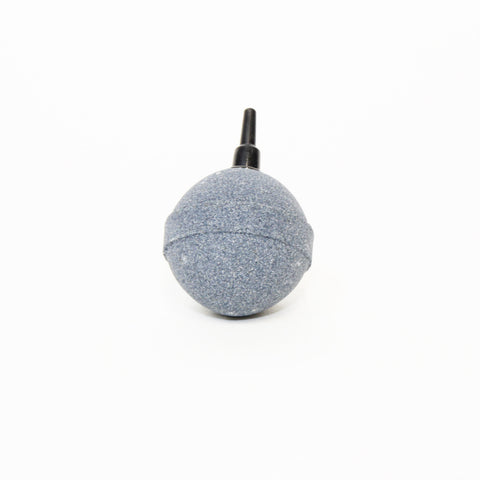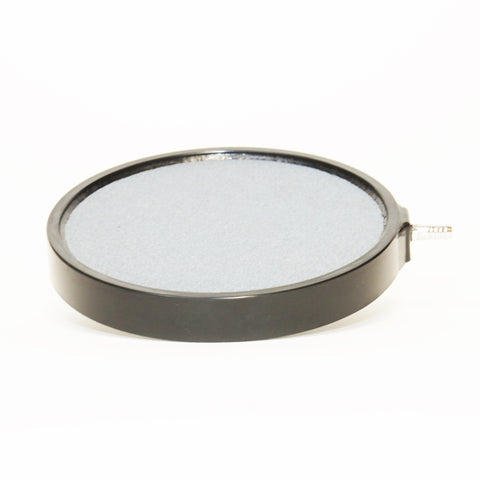Air Products
This article, and more information like it, is available at http://www.watergardenersbible.co.uk/
Your pond set up relies on oxygen to stay alive, but adding the right amount of this essential element requires a little thought.
How does Aeration work?
Diverse populations of micro-organisms rely on a supply of oxygen to keep them functioning effectively. Deny them oxygen and the water quality will deteriorate; add extra and your pond will roar into life. Without oxygen filter bacteria cannot oxidise and detoxify ammonia into nitrite and nitrate. If a pond or filter is allowed to become oxygen-deficient for any period of time, anaerobic conditions will prevail causing unstable conditions and the tell-tale bad egg smell.
Dissolved oxygen in pond water
The physical nature of water puts limitations on how much oxygen we can expect it to hold. It also sets goals for what we should expect under different conditions. The air we breathe is approximately 21 per cent oxygen, but in any natural water body you will typically only find one percent dissolved oxygen (DO), and usually less. So minute are the concentrations of DO in pond water that levels are measured in milligrams per litre (mgI) or parts per million (ppm). 3mg of oxygen dissolved in a litre of water equates to 3ppm. A number of physical factors affect the levels of DO that can be achieved in any given pond.
Temperature
As water temperature rises, its ability to dissolve oxygen reduces. Compare this to salt which dissolves better in warm water, you can start to appreciate the unusual relationship water has with oxygen.
Other Solutes
The presence of other solutions, including salt and the liquid pond treatments, will also have a negative effect on achievable DO levels. All the more reason to aerate vigorously under treatment conditions.
Moving or flowing water
Just as sugar dissolves better in a cup of coffee when it is stirred, oxygen dissolves better in water that is more highly energised (flowing, falling or cascading). In a natural environment energetic water courses, such as highland streams, are higher in DO than lowland rivers. Oxygenated water that enters a pond via a waterfall will rarely sink to the lower layers, being useful only at the surface.
What you need to know about aeration
The levels of DO achievable in a Koi pond are determined by natural physical conditions that we have no control over, particularly water temperature. We have various options when choosing an aeration device with some methods proving more efficient than others. The most efficient method by far is using diffused aeration, but the overall performance is still determined by the careful selection of air pump and diffuser.




